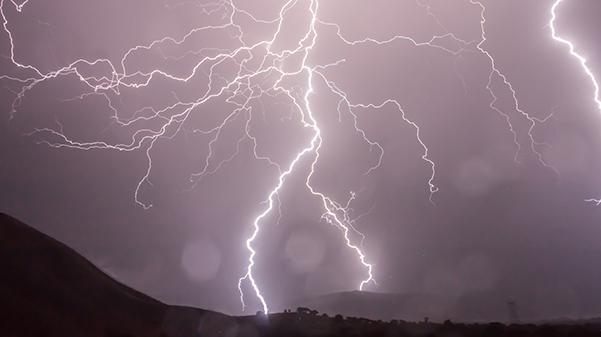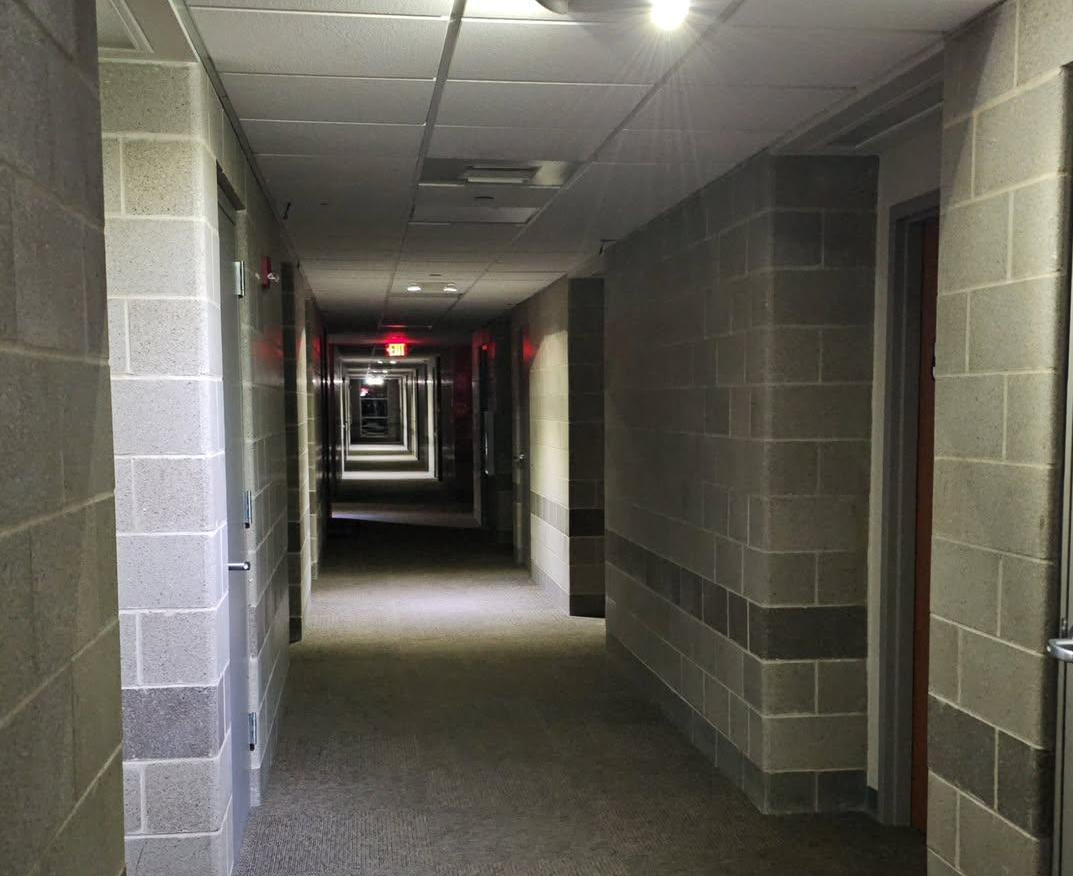MICHELLE SPROAT | Video Content Manager
Every year, the National Weather Service and the State Emergency Management Agency team up to educate Missouri citizens on preparing for severe weather.
Severe Weather Awareness Week in Missouri this year started on Sunday, March 4, and ends on Saturday, March 10. Throughout the week there are different aspects of severe weather that are focused on.
“We’re headed into spring, which is typically our more active weather season where we have tornadoes and severe thunderstorms,” Jon Carney, a meteorologist with the National Weather Service, said. “We just want to get people thinking about that again and planning ahead a little bit so they are not caught without the proper supplies.”
A list of topics covered throughout the week as well as additional resources can be found below.
Preparedness Day – Monday, March 5
The NWS and the SEMA recommend taking three steps when preparing for severe weather.
First, identify the severe weather hazards, whether they be thunderstorms, gusts of wind, tornadoes, flooding and more.
Second, have a severe weather plan set up in your home. Businesses should also have a severe weather plan to use in the workplace. Within each severe weather plan, there should be a designated person responsible for the plan, a way to receive weather warnings and shelter areas established.
Finally, the plans at home or in the office building should be practiced in order to make changes if necessary.
Other ways that people can be prepared for severe weather is by having an emergency supply kit, a generator, knowledge of all building exits, a weather radio and training in first aid and CPR.
Tornado Safety Day – Tuesday, March 6
When it comes to tornadoes, it’s important to note the difference between a tornado watch and a tornado warning.
A SEMA news release from Feb. 26, 2018, stated that a tornado watch means to keep an eye on the sky because there is a possibility a tornado might form from a thunderstorm. A tornado warning, however, means that you should seek shelter immediately in a room without windows or on the lowest floor of a building.
According to Carney, Missouri gets a couple dozen tornadoes every year. There were 83 tornadoes in Missouri in 2017 with the most active months being April, May and June.
In the event of a tornado, the NWS recommends staying away from outside walls, doors and windows. When driving, drive away from the tornado if you have a clear path, seek shelter in a nearby building or leave your vehicle and hide in a ditch and cover your head as a last resort option.
Flash Flood Safety Day – Wednesday, March 7
Since 2015, there have been 38 deaths due to flooding in the state of Missouri.
“Flash floods kill more people every year than the most deadly severe weather event that we have,” Carney said. “I think it catches people unaware; we have flooded roads and people just drive right into the roads, and they don’t expect the water to be as deep as it is, and they end up being swept away.”
There are three facts mentioned by the NWS and SEMA when it comes to flooding: Six inches of swiftly flowing water can knock a person over, two feet of water will make most vehicles float and each foot of water exerts 500 pounds of force.
Both NWS and SEMA use the rule “Turn Around! Don’t Drown!” to deter people from driving into flooded roads.
Severe Thunderstorm Day – Thursday, March 8
Carney said that when it comes to thunderstorms in Missouri, hail and high winds are prevalent.
“We do get several thunderstorms with winds an excess of 60 mph every year,” he said. “We’ve had several large hailstorms in the past 10-15 years and it causes a whole lot of damage.”
Traveling in a thunderstorm is not recommended. Much like with a tornado, it’s safest to go into a basement or lowest level of a building and to stay away from doors and windows.
When it comes to lightning, staying indoors is the best option to stay safe. Statistics from the NWS show that lightning can strike up to 10 miles from the rain area.
Communication/NOAA Weather Radio Day – Friday, March 9
The NWS states that being able to receive updated warnings during severe weather is critical to decision making in these tense situations.
Television, radio, internet and cellphones are all easily accessible and can assist with communicating updates. Many cellphones also have access to the Wireless Emergency Alert System that sends warnings to cell towers.
There’s also the National Oceanic and Atmospheric Administration that broadcasts weather information from NWS offices. NOAA Weather Radio gives 24/7 forecast updates.









